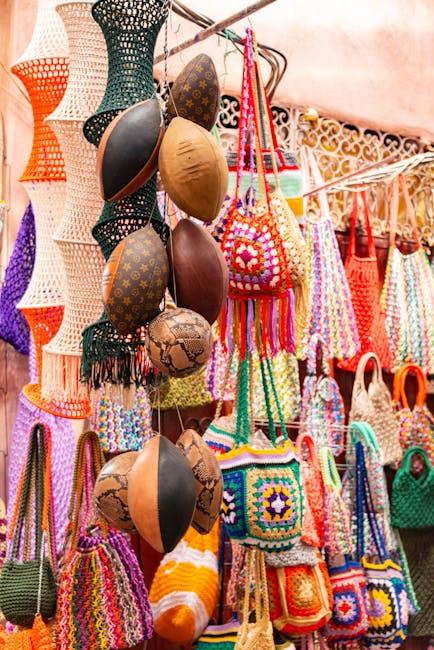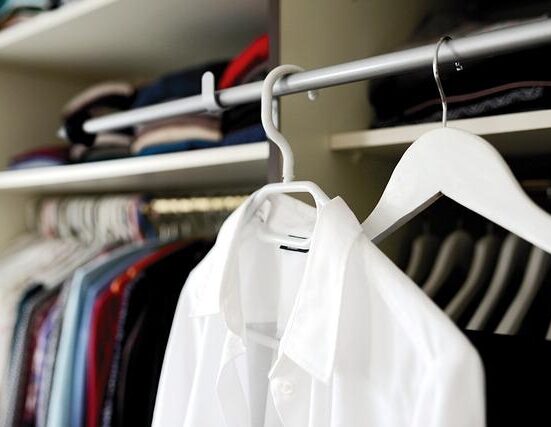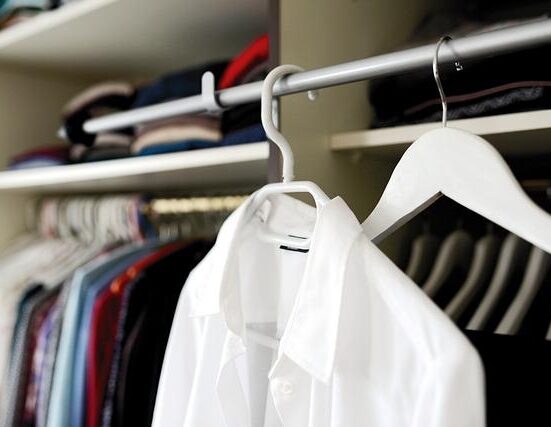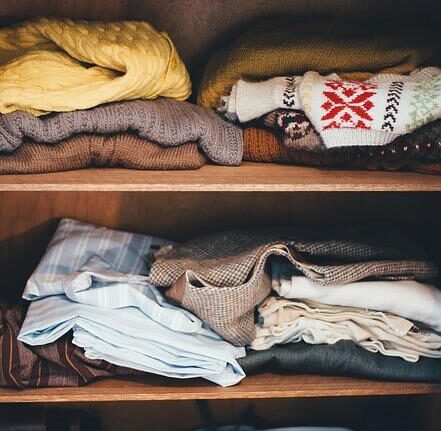In an era where consumer consciousness is on the rise, the fashion industry is facing increasing scrutiny over its ethical practices. As shoppers seek to align their wardrobes with their values,fair trade certifications have emerged as a beacon of hope,promising transparency,sustainability,and ethical labor practices. But amidst a sea of labels and claims, one pressing question arises: Are these certifications truly enough to ensure that the clothes we wear are as virtuous as we hope? In this article, we delve into the multifaceted world of ethical fashion, examining the effectiveness of fair trade certifications and ranking various fashion labels based on their commitment to ethical practices. Join us as we navigate the complexities of sustainability, labor rights, and consumer obligation, illuminating both the progress made and the challenges ahead in the quest for a more equitable fashion industry.
Evaluating the Impact of Fair Trade Certifications on Fashion Ethics
Fair Trade certifications serve as a beacon of hope in an industry frequently enough plagued by unethical practices. These certifications ensure that workers in the supply chain receive fair wages, work under safe conditions, and are treated with dignity. However,it’s vital to remember that such certifications,while impactful,are not always a thorough guarantee of ethical practices. For instance, Fair Trade does not address all dimensions of sustainability, such as environmental impact or resource usage, wich also weigh heavily on the ethical scale. In this dynamic arena, brands can still leverage the Fair Trade label without fully addressing other critical issues, such as animal welfare or the carbon footprint of their products.
To truly assess the ethical implications of fashion labels, consumers should consider a range of certifications and practices beyond Fair Trade. A more holistic evaluation might involve examining factors such as transparency in sourcing, waste management, and commitment to sustainable materials. While some brands flaunt Fair Trade certifications, others may excel in areas like eco-kind production and community support, which are equally essential. Below is a comparison table that illustrates various ethical indicators and how notable fashion labels measure up against them:
| Brand | Fair Trade Certified | Sustainable Materials | Transparency Score |
|---|---|---|---|
| Brand A | Yes | Organic Cotton | High |
| Brand B | No | Recycled Polyester | Medium |
| Brand C | Yes | Bamboo | vrey high |

beyond Fair Trade: Exploring Additional Certifications in Sustainable Fashion
While Fair Trade certifications have long been regarded as a hallmark of ethical production practices, thay represent just one dimension of the multifaceted landscape of sustainable fashion. Brands are now seeking a wider range of certifications to convey their commitment to ethical practices,social responsibility,and environmental sustainability. Some of the most impactful certifications include Global Organic Textile Standard (GOTS), which ensures organic textile production, and OEKO-TEX, which focuses on harmful substances in textiles. Additionally, certifications like PETA-approved vegan indicate cruelty-free practices, while the Better Cotton Initiative (BCI) promotes sustainable cotton farming. By diversifying the certification landscape, consumers are better equipped to make informed choices aligned with their values.
Furthermore, it’s essential to recognize that not all certifications carry the same weight or address every concern within the sustainable fashion ecosystem. A brand may proudly display multiple certifications, yet still fall short in other areas, such as fair wages or transparency in their supply chain. To simplify the comparison,consider the following table that summarizes some key certifications and their focus areas:
| Certification | Focus Areas | Key Features |
|---|---|---|
| GOTS | Organic Materials | Environmental & social criteria throughout the supply chain |
| OEKO-TEX | Harmful Substances | Testing for hazardous chemicals in textiles |
| BCI | Sustainable Cotton | Better practices for cotton production |
| PETA-Approved Vegan | Animal Welfare | No animal products or testing |
In this evolving domain,consumers are encouraged to look beyond Fair Trade alone and assess a brand’s overall commitment to sustainability. By exploring a variety of certifications, shoppers can consider the broader impact of their purchases, fostering a more informed and ethical approach to fashion consumption.

Consumer Awareness: Understanding Labels and Making Informed Choices
When navigating the world of ethical fashion, understanding certifications is crucial for making informed choices. Fair Trade is one of the most recognized labels, ensuring that producers receive fair wages and work in safe conditions. However, the presence of a Fair Trade label alone does not guarantee that a brand is fully ethical or sustainable.It’s essential to look deeper into a brand’s overall practices, including labor transparency, environmental impact, and animal welfare. Other certifications like GOTS (Global Organic Textile standard) and OEKO-TEX provide additional insights into organic materials and the absence of harmful chemicals,broadening the definition of ethical fashion beyond fair wages alone.
To effectively evaluate fashion brands, consider these key aspects when assessing their certifications and practices:
- Transparency: Does the brand openly share information about its supply chain and production processes?
- Environmental Policies: What measures does the brand take to reduce its carbon footprint and promote sustainability?
- Social Impact: How does the brand support the communities from which it sources its materials?
- Certifications: Besides Fair Trade, which other certifications does the brand hold?
A comprehensive evaluation of these factors can paint a clearer picture of a brand’s commitment to ethical practices.Below is a simple comparison of popular ethical fashion labels to help you further discern their standings:
| Label | Core Principle | Key Certification |
|---|---|---|
| Fair Trade | Fair wages and conditions for producers | Fair Trade Certified |
| GOTS | Organic textile production | Global Organic Textile Standard |
| OEKO-TEX | Safe and sustainable textiles | OEKO-TEX Standard 100 |
| B Corporation | Comprehensive social and environmental performance | B Corp Certified |

Innovative Brands Leading the Charge for Ethical Fashion Practices
in a rapidly changing world, several brands have emerged as frontrunners in the drive for ethical fashion.These innovative labels are not merely jumping on the sustainability bandwagon; they are redefining industry standards through transparency, responsible sourcing, and eco-friendly practices. Brands like Reformation,Everlane,and Patagonia are setting examples by not only committing to fair trade principles but also engaging directly with consumers about their impact on the planet.Their open dialogues about sourcing materials, labor practices, and even carbon footprints empower customers to make informed choices while fostering a community that prioritizes ethical considerations.
Beyond basic certifications, these brands are going the extra mile to ensure their practices are truly sustainable. As a notable example, Reformation integrates a unique system to track the environmental impact of each product, guiding consumers towards more sustainable choices. Patagonia advocates for the reparability of their products, encouraging customers to embrace a culture of repair over disposal. In addition to their exceptional quality and style, these companies promote values that resonate with a growing audience demanding accountability and integrity in fashion. Below is a comparison table of these innovative brands, showcasing their distinct ethical practices:
| Brand | Key Ethical Practices | Transparency Score |
|---|---|---|
| Reformation | Eco-friendly materials, Impact tracking | 9/10 |
| Everlane | Radical transparency, Ethical factories | 8/10 |
| Patagonia | Repair initiatives, Environmental activism | 10/10 |
To Conclude
In the intricate tapestry of ethical fashion, Fair Trade certifications serve as a vital thread, guiding consumers towards more conscious choices.However, as our exploration has revealed, these labels alone cannot tell the full story of a brand’s commitment to sustainability and social responsibility. The landscape of ethical fashion is vast and diverse, encompassing a spectrum of practices that go beyond certification—a complex matrix of transparency, labor rights, environmental stewardship, and community engagement.As we sift through the ranks of various labels, it becomes clear that an informed consumer is a powerful ally in the quest for a more equitable industry. While Fair Trade certifications are a meaningful step, they are not the endgame. The nuances of ethical fashion demand our attention, prompting us to question and investigate the origins of our garments, the conditions under which they were made, and the impact they have on the world.
Ultimately, the journey towards a more sustainable and ethical wardrobe is one of continuous learning and vigilance. As we close this examination,let us carry forward a spirit of curiosity and discernment,encouraging brands to embrace accountability and pushing ourselves to seek out those whose practices align with our values. After all, true change in the fashion industry begins with each of us making conscious choices—choices that reflect not just style, but a commitment to compassion and justice for all.








Leave feedback about this